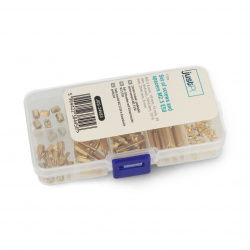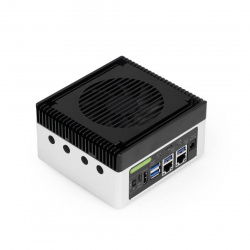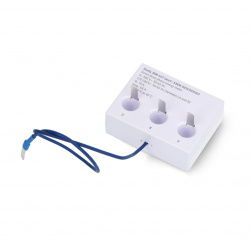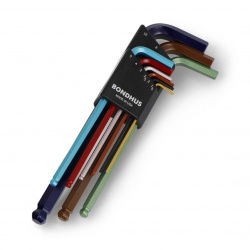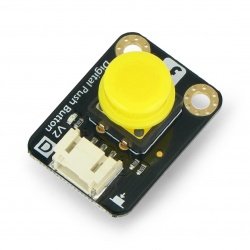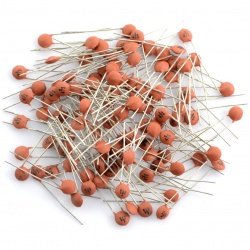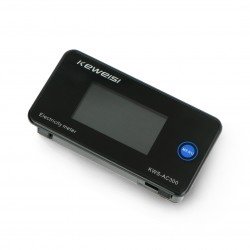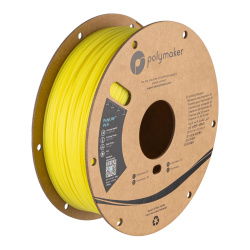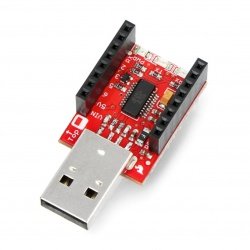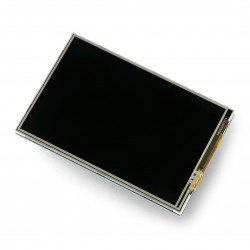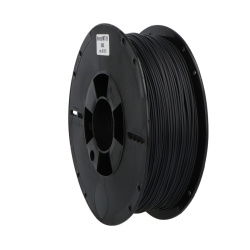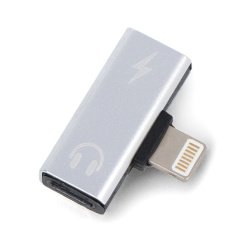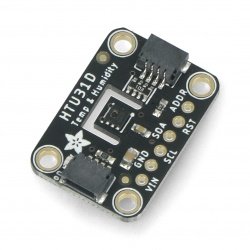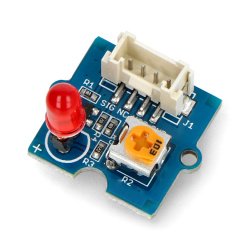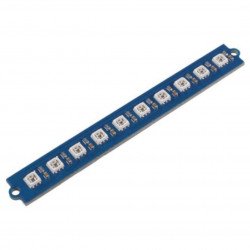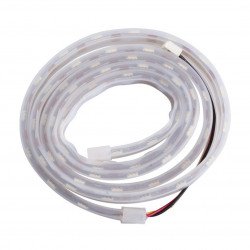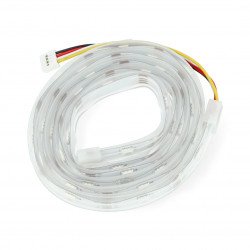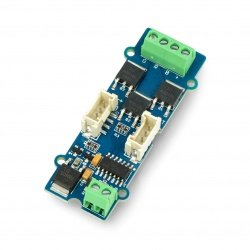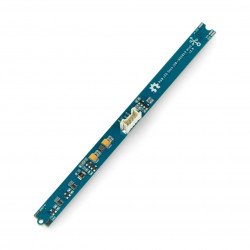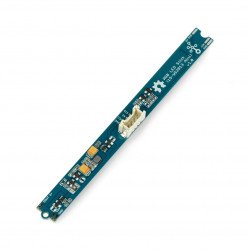LEDs can be found very often in our environment - both in consumer electronics and appliances, cars, panels controlling processes on production lines, as well as in robots. We offer a wide selection of Grove modules with LEDs and RGB LEDs, in the form of solutions with single diodes, as well as complex arrays and chains. You will also find programmable LED lighting controllers that can be connected to Arduino and Raspberry Pi boards. If you want to enrich your project with a lighting system with interesting visual qualities - be sure to check out our offer!
Grove - LED
Grove RGB LED Stick - LED RGB 10 x WS2813 Mini 3535
The panel consists of 10 individually addressed RGB LEDs WS2813 Mini-3535 with built-in control unit. LEDs located on the panel are controlled with just one signal pin.Grove - WS2813 RGB LED Strip Waterproof - 60 LED/m - 1m
Waterproof RGB LED strip powered by 5 volt with replaceable silicone case. It consumes a power of 18 W/m, density is 60 diodes per meter. LEDs can also emit cool white light,...- Reduced price
- SPECIAL OFFERS
Grove - RGB LED strip WS2813 - digital, addressed - IP65 30LED/m, 9W/m, 5V - 1m
RGB LED bar with Grove connector is equipped with digital, individually addressed WS2813 diodes in density of 30 pcs. per meter. The diodes have been sealed with a layer of...Grove - LED Strip Driver v2.0 - LED driver for Arduino - Seeedstudio 105020002
A module that allows you to control the brightness of monochrome LED strip with LED RGB brightness and color. It has 2-pin connectors, power supply screw connector, 4-pin screw...Grove - LED RGB module - 20 diodes WS2813 - Seeedstudio 104020170
The module is equipped with 20 RGB WS2813 LEDs . On the board there is a Grove connector for simple connection to the base plate. Each of the LEDs is individually addressed ,...Grove - Variable Color LED v1.1
Module with RGB LED and Grove connector. The color of the LED can be changed by digital signal and PWM, as well as by potentiometers on the board. The module is powered from...Grove - LED RGB module - 15 diodes WS2813 - Seeedstudio 104020172
Module with 15 WS2813 RGB LEDs arranged in one row. There is a Grove connector on the board for easy connection of the module to the base plate. Each LED is individually...Grove - module with LED RGB WS2813 diode - Seeedstudio 104020169
The module is equipped with RGB LED with WS2813 chip. It works with a voltage of 3.3 V and 5 V . The use of Grove connector makes it much easier to connect the module to...Grove - LED String Light - LED driver
Grove series module that allows you to control the LED strip included in the kit . The supply voltage is from 3.3 V to 5 V. Since the LEDs work with 12 V, the module is...- Reduced price
- SPECIAL OFFERS
Grove - RGB LED v2.0 - module with RGB diode
Module with RGB diode from Grove. It a llows you to control RGB diode using the digital pins of the microcontroller, and simultaneous connection of even 1024 modules using...Grove - RGB LED Ring WS2813 x 24 LEDs - 70mm - Seeedstudio 104020168
The module in the form of a ring with a diameter of 70 mm equipped with 24 RGB LEDs with the WS2813 controller. Each of the diodes can be individually addressed. The ring...See also
- Grove - starter kits
- Grove - base hats
- Grove - accelerometers and gyroscopes
- Grove - actuators
- Grove - gas & dust sensors
- Grove - medical sensors
- Grove - distance sensors
- Grove - current sensors
- Grove - weather sensors
- Grove - force sensors and limit switchers
- Grove - light and colour sensors
- Grove - sensors and potentiometers
- Grove - converters
- Grove - communication modules
- Grove - sound modules
- Grove - relays
- Grove - cables
- Grove - buttons, keys and joysticks
- Grove - motor drivers
- Grove - displays
- Grove - covers and accessories
LED is the most popular among diodes
LEDs are electronic components that emit light when voltage is applied to their leads. Like "ordinary" semiconductor diodes, LEDs also conduct electricity in one direction, i.e. from the anode to the cathode. The parameter that determines the color of the diode is the voltage at which the diode begins to conduct, and this voltage is usually higher than for germanium diodes (usually about 0.3V) or silicon (usually about 0.7V). For example, for a very brightly glowing blue LED, it will be about 3.3V, and for a red LED about 2.2V. LEDs are widely used in interfaces of various devices as a visual signaling, for example to inform about the end of battery charging, or the level of audio signal drive. Moreover, by writing a program for microcontroller and using PWM controller, you can design an interesting animation displayed on LEDs. Increasingly, LEDs can also be found in streetlights, displays and toys. There are also LEDs that emit light that is invisible to the human eye, such as infrared LEDs, present in most remote controls for home electronics. Another practical application of LEDs is the optical isolation of high voltage circuits from low voltage circuits using optocouplers, where the LED works in conjunction with an optical sensor.
RGB LEDs - a rich palette of colors in the electronic edition!
With RGB LEDs, you can produce light of virtually any color visible to the human eye by using the right combination of red, green and blue light intensity emitted by the RGB LED. For example, to produce pure blue light, you would set the blue LED drive to the maximum possible value and the red and green LEDs to the lowest possible voltage. To get white light, you need to drive all the LEDs that make up the RGB LED so that they all shine with the most intense light. Since the LEDs in the RGB diode are located very close to each other, the visual effect is a combination of colors emitted by them. The best way to control RGB LEDs and get different colors is to use PWM controllers, which are also available in our offer and are compatible with Grove LED modules.
Impressive LED matrices
In Botland store offer, there are also square matrices built from LEDs in 8x8 arrangement, which can work with Arduino and other popular platforms equipped with microcontroller. LED arrays have many applications - such as light advertising on building facades. The control signal to the LED matrix can be connected in series or parallel, which will determine the order in which the LEDs in the matrix light up and turn off. Remember, when connecting the LED matrix to the Arduino, to connect the power ground (GND) of the matrix to the ground on the Arduino board. Once connected, you can immediately start uploading ready-made programs to visualize LED graphics, and create your LED matrix animation projects.






























































































































































































































































































































